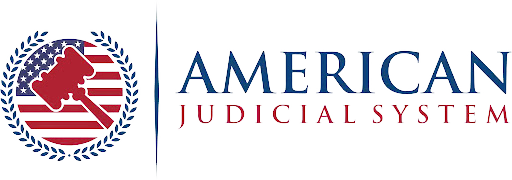Navigating the complexities of employee exits can be a challenging task for businesses, fraught with legal intricacies and emotional undertones. From voluntary resignations to involuntary terminations, understanding the various types of employee exits is crucial for managing the process with dignity and legal compliance. This blog post aims to demystify the nuances of employee departures, shedding light on the rights of the employees, the different categories of exits, and the key legal considerations employers must bear in mind. Ensuring a smooth transition not only helps in maintaining a positive work environment but also safeguards the company against potential legal pitfalls.
Turnover and Attrition
Exploring the concepts of turnover and attrition is essential when discussing employee exits. While often used interchangeably, the two terms have distinct meanings in the context of workforce management. The pace at which current employees leave a firm and are replaced by new ones is known as employee turnover. It can result from a variety of factors, including voluntary resignations, retirements, and terminations. On the other hand, if a lot of attrition is observed in a company, it indicates a higher rate of employees leaving due to reasons such as retirement or completion of contract duration. This can also be an indicator of low employee engagement or dissatisfaction with the workplace environment.
Employment Contracts and Agreements
An essential element in managing employee exits effectively lies in the proper drafting and understanding of employment contracts and agreements. These documents not only outline the expectations and responsibilities of both parties but also detail the conditions under which an employee can leave or be asked to leave the organization. Clauses related to notice periods, confidentiality, non-compete, and severance pay are critical in ensuring both parties are prepared for a potential exit. Employers need to ensure that these agreements comply with local labor laws and regulations to avoid legal disputes.
Severance Packages
Severance packages play a pivotal role in the process of employee exits, especially in scenarios of involuntary terminations. These packages often include compensation payments, benefits, and sometimes services like career counseling, aimed at assisting the departing employee during their transition period. The specifics of a severance package can vary widely depending on the company’s policies, the employee’s tenure, and the reasons for the exit.
Employers craft these packages not only to provide financial support to former employees but also to mitigate the risk of legal claims by ensuring a more amicable separation. It is crucial for businesses to carefully design their severance packages in compliance with employment laws and regulations, taking into account the potential impact on the employee’s well-being and the company’s reputation.

Legal Considerations for Termination
The process of terminating an employee, whether for cause or due to organizational restructuring, is fraught with legal considerations that employers must meticulously observe to avoid potential litigation. Firstly, understanding the distinction between “at-will” employment and contractual obligations is crucial. In jurisdictions where “at-will” employment prevails, employers have the flexibility to terminate employment at any time for any legal reason, or no reason, with or without notice. However, the presence of an employment contract can modify this arrangement, specifying conditions under which termination is permissible.
Employers must also ensure adherence to anti-discrimination laws that protect employees from termination based on race, color, religion, sex, national origin, age, disability, and other protected characteristics. Documentation plays a vital role in this aspect, as maintaining detailed records of employee performance, disciplinary actions, and any instances of misconduct can provide essential evidence should a dispute arise over the fairness of the termination.
Employee exits are a natural part of workforce management, and employers must navigate them with empathy, transparency, and compliance with legal obligations. By understanding the rights of employees, and different types of exits, and taking necessary precautions in contract drafting and terminations, businesses can ensure a smooth transition for all parties involved.










